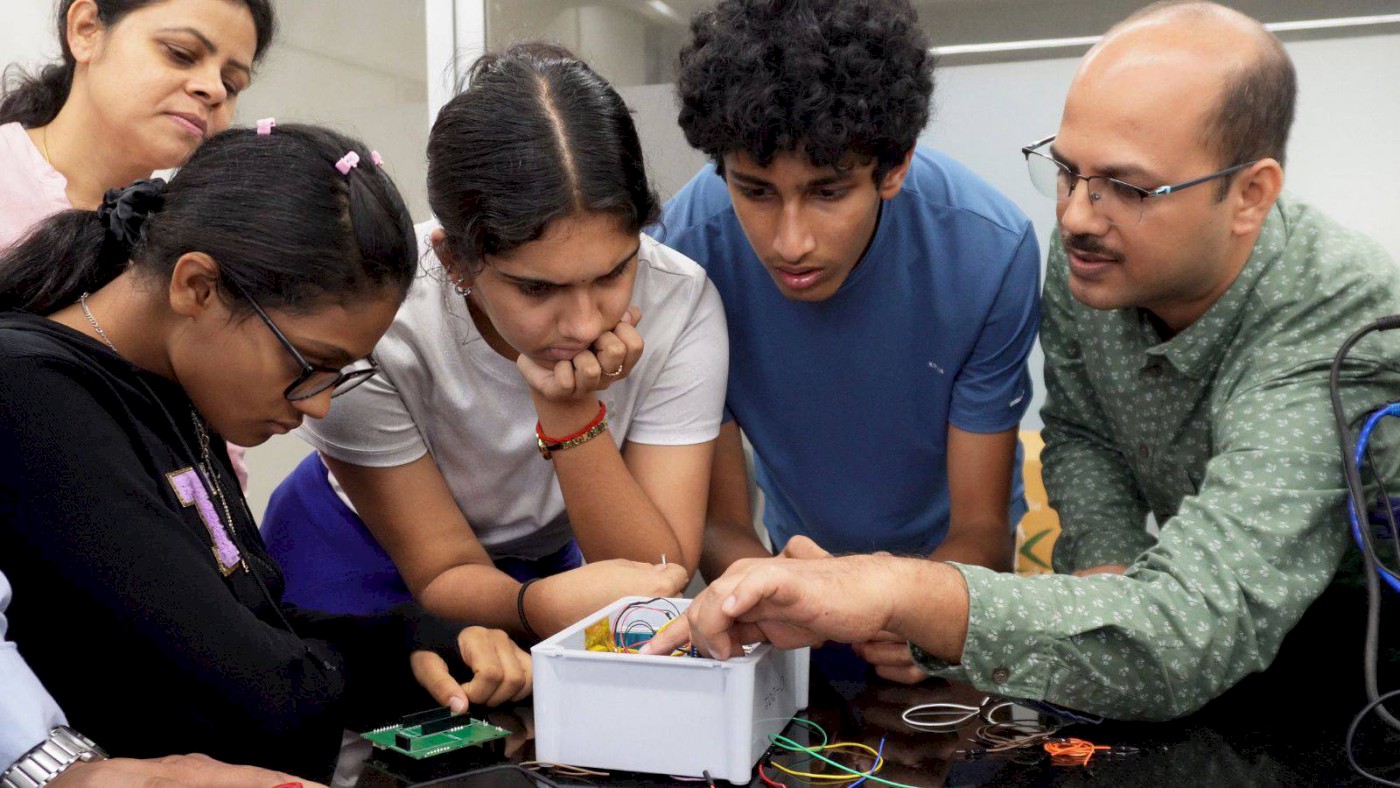11 July 2025
Why Indoor Air Pollution Must Be on India’s Health Agenda

India has a chronic air pollution problem. In the list of the world’s most polluted cities, Indian cities routinely dominate the top positions. Delhi, Ghaziabad, Kanpur, and Lucknow are just a few examples of urban centres with dangerously high air quality index (AQI) levels. While outdoor air pollution is widely acknowledged and discussed, indoor air pollution often remains overlooked. This is concerning because the air inside our homes may be far more polluted than we realise.
Indoor air pollution can often be several times worse than outdoor pollution. In confined spaces, pollutants tend to accumulate and linger, resulting in prolonged exposure. Construction designs are rarely optimised for airflow, and most Indian homes are ill-equipped to deal with harmful particulate matter (PM) and toxic gases such as volatile organic compounds (VOCs), nitrogen oxides (NOx), and ozone. These are often released during everyday activities like deep frying, using wood-fired stoves, applying paint, spraying air fresheners, and using cleaning agents.
This pollution poses a significant risk to health, especially for vulnerable populations such as children, women, and domestic workers, who tend to spend more time indoors. Since people typically spend 80 to 90 per cent of their time inside homes, offices, or schools, improving indoor air quality is a critical but often neglected aspect of public health.
In a recent study led by Professor Aditya Vaishya at Ahmedabad University, researchers installed particulate matter air quality sensors across three types of spaces: an outdoor location, a standard indoor space such as a classroom or office, and an indoor space with an active pollution source like a burning stove. The study monitored levels of particulate matter, ozone, temperature, and relative humidity. The findings challenged the commonly held belief that indoor air is safer. In fact, PM concentrations indoors were higher than outdoor levels for more than 50 percent of the time, regardless of whether a pollution source was present.
While this phase of the study focused mainly on particulate matter, Professor Vaishya plans to extend the research to monitor gases such as sulphur dioxide, nitrogen dioxide, and ozone. These gases have been linked to a variety of health issues. Sulphur dioxide is known to contribute to cardiovascular problems, including chronic obstructive pulmonary disease (COPD) and asthma. Nitrogen dioxide and ozone aggravate respiratory diseases and can lead to lung inflammation. Many of these pollutants are emitted by everyday items and processes such as perfumes, disinfectants, room sprays, and even routine cooking.
The situation is especially severe in rural households where traditional wood fire cooking remains common. Burning biomass releases high amounts of PM and VOCs and has been implicated in conditions such as tuberculosis and lung cancer. Although women and domestic workers contribute little to indoor air pollution, their longer exposure makes them disproportionately vulnerable to its effects.
This research also raises important questions about social equity. Domestic workers often spend long hours in multiple homes, exposed to deteriorated air quality without having any say in their work environment. Professor Vaishya plans to further explore these dimensions of social and environmental justice in his upcoming research.
There is a pressing need for the construction and housing sectors to respond to this challenge. Designing homes and buildings with better ventilation systems should be a priority. Practical interventions such as installing exhaust fans in kitchens, limiting the use of synthetic air fresheners and aerosols, and adding air-purifying indoor plants like peace lilies, pothos, and spider plants can also make a meaningful difference.
Indoor air pollution is invisible but highly dangerous. Addressing it requires a combination of scientific understanding, social awareness, and policy action. The findings from Professor Vaishya’s work underscore the need to rethink how we define a healthy living environment in India today.
About the Researcher
Aditya Vaishya is an Assistant Professor at the School of Arts and Sciences, Ahmedabad University. His research interests include air quality, air pollution, climate change, and aerosol instrumentation. He earned his PhD from the Centre for Climate and Air Pollution Studies, School of Physics, National University of Ireland, Galway. At Ahmedabad University, he leads the Air and Water Vertical at The Climate Institute and heads the Air and Climate Research Laboratory.
References
- Bu, X., Xie, Z., Liu, J., Wei, L., Wang, X., Chen, M., & Ren, H. (2021). Global PM2.5-attributable health burden from 1990 to 2017: Estimates from the Global Burden of Disease Study 2017. Environmental Research, 197, 111123. https://doi.org/10.1016/j.envres.2021.111123
- Kumar, P., Hama, S., Abbass, R. A., et al. (2022). In-kitchen aerosol exposure in twelve cities across the globe. Environment International, 162, 107155. https://doi.org/10.1016/j.envint.2022.107155
- GBD 2021 HAP Collaborators. (2025). Global, regional, and national burden of household air pollution, 1990–2021: a systematic analysis for the Global Burden of Disease Study 2021. The Lancet. https://doi.org/10.1016/S0140-6736(24)02840-X
- Dahima, Y., & Vaishya, A. (2025). Indoor air quality assessment using low-cost sensors, and impact of outdoors. Under review
This article has been published in The Indian Express (Print and Online)



